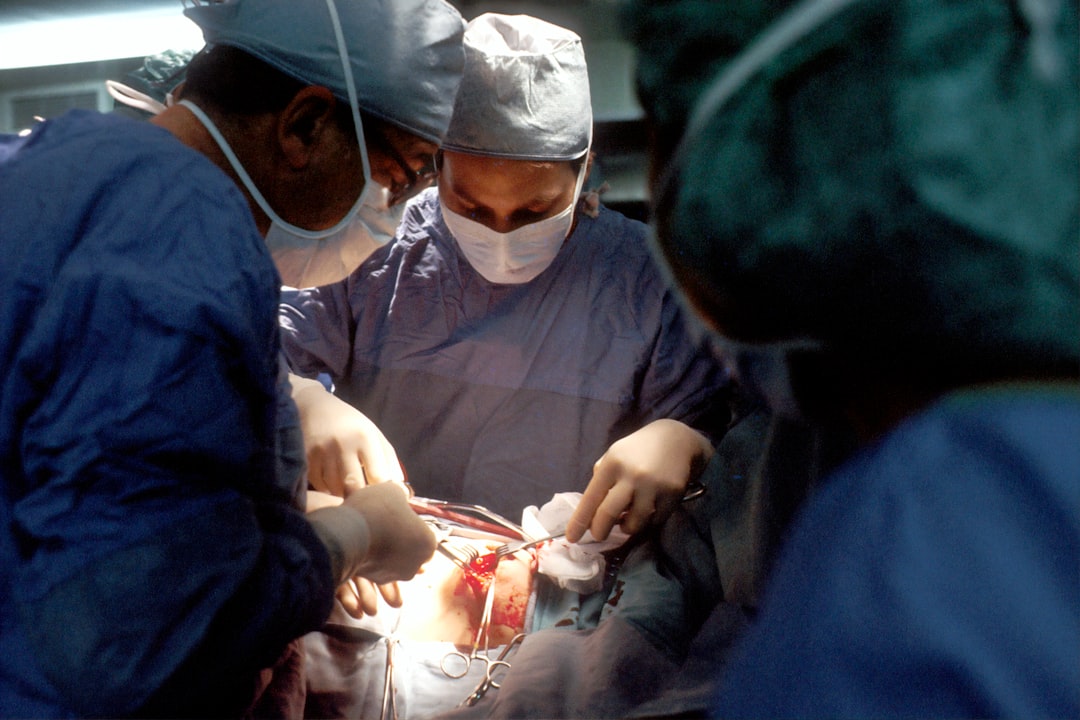What is it about?
New surgery may enable better control of prosthetic limbs
Featured Image

Photo by ThisisEngineering RAEng on Unsplash
Why is it important?
Persons with amputation face a significant loss in mobility, independence, and quality of life. Neuroprosthetic control offers a solution to address these challenges, but is constrained by current surgical techniques for amputation. To overcome these challenges, the Biomechatronics lab and clinical collaborators have developed the Agonist-Antagonist Myoneural Interface (AMI), a novel surgical amputation paradigm that mimics natural neuromuscular dynamics and enables easier communication between the human body and prostheses. Over the past few years, we have conducted a clinical trial to compare the level of motor control and sensation afforded by residual limb musculature in persons that have undergone the below knee AMI amputation and persons who have undergone a standard below knee amputation. We found that the AMI amputation offered people greater motor coordination when compared to traditional amputation, as well as greater precision over a larger range of motion. Our study links this to the mechanistic basis of the AMI through comparisons of muscle activity (electromyography) and muscle strain, indicating a greater ability for proprioceptive sensory feedback. Additionally, AMI subjects reported higher phantom limb sensation with decreased levels of phantom limb pain. Most importantly, AMI subjects are able to produce neural signals that are much clearer to read from the surface of the skin and be used to control prosthetic robots. Clinically, decreased phantom limb pain with increased phantom limb sensation indicate improvements in neurological health that are important for patients’ quality of life. Our results significantly influence the improvement of the current amputation stand-of-care while also progressing the usability of neuroprostheses.
Read the Original
This page is a summary of: Neural interfacing architecture enables enhanced motor control and residual limb functionality postamputation, Proceedings of the National Academy of Sciences, February 2021, Proceedings of the National Academy of Sciences,
DOI: 10.1073/pnas.2019555118.
You can read the full text:
Resources
Contributors
The following have contributed to this page










